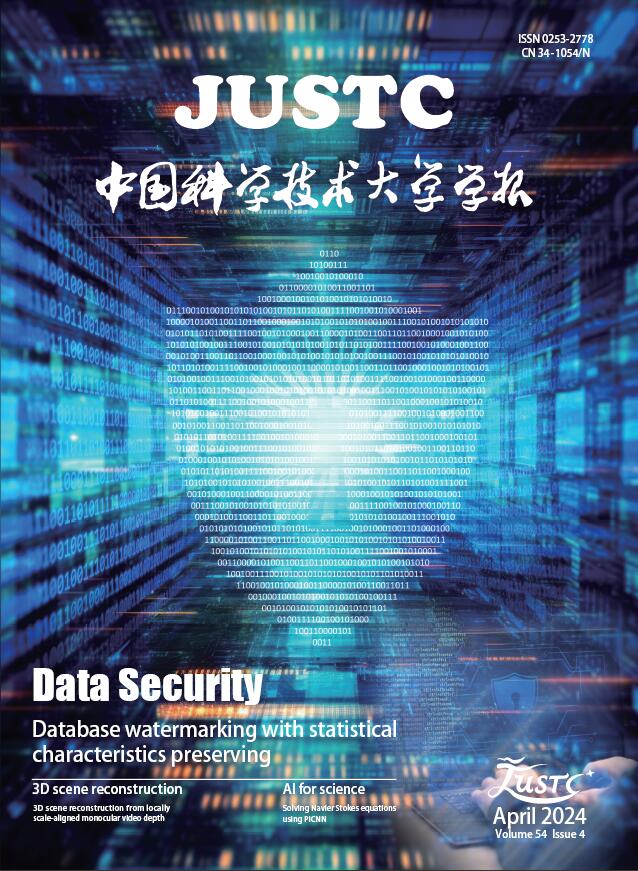2009 Vol. 39, No. 1
Display Method:
2009, 39(1): 11-14.
Abstract:
2009, 39(1): 15-22.
Abstract:
2009, 39(1): 33-36.
Abstract:
2009, 39(1): 37-42.
Abstract:
2009, 39(1): 50-56.
Abstract:
2009, 39(1): 57-62.
Abstract:
2009, 39(1): 63-68.
Abstract:
2009, 39(1): 69-75.
Abstract:
2009, 39(1): 76-82.
Abstract:
2009, 39(1): 90-94.
Abstract:
2009, 39(1): 95-100.
Abstract:
2009, 39(1): 101-105.
Abstract:





